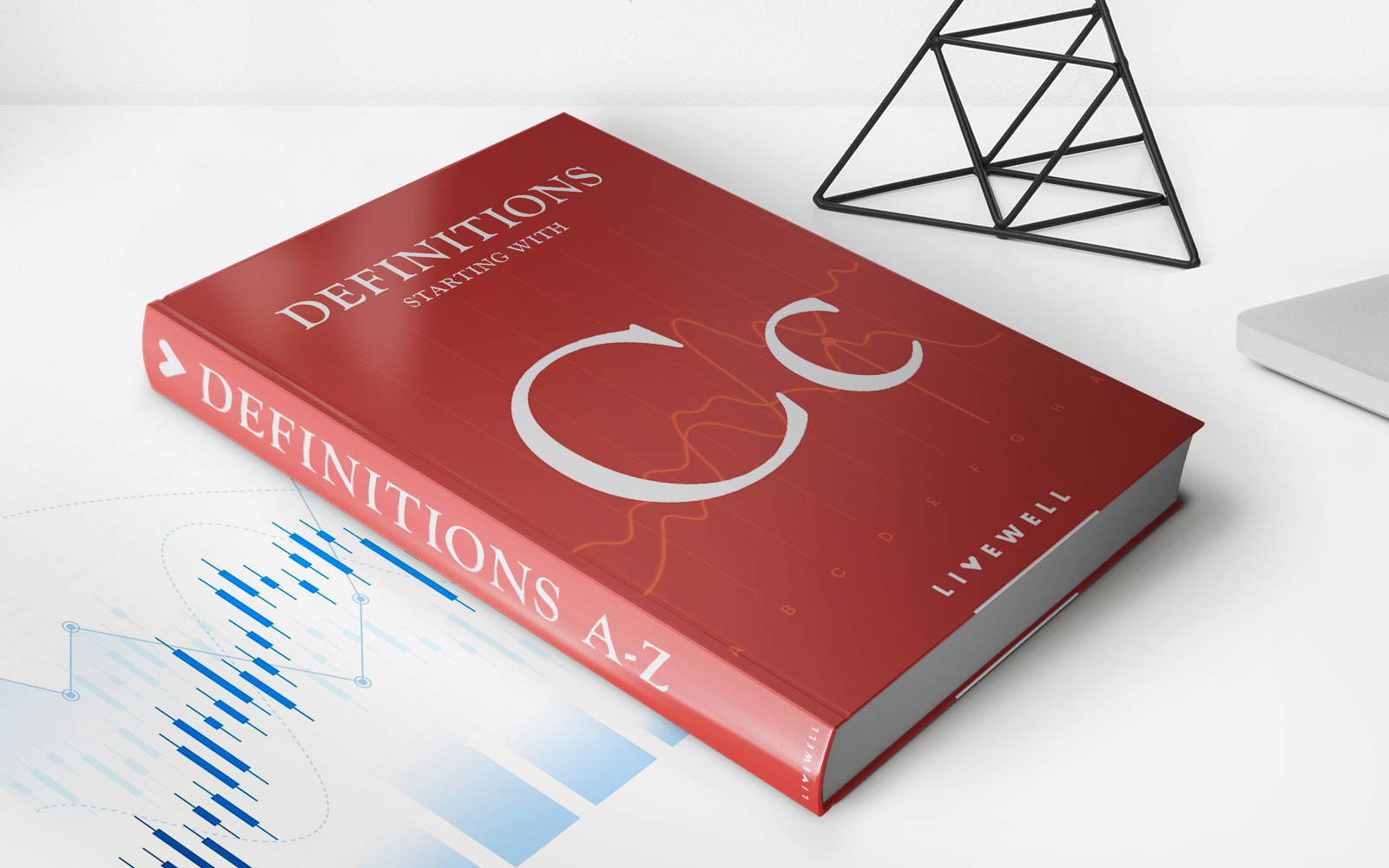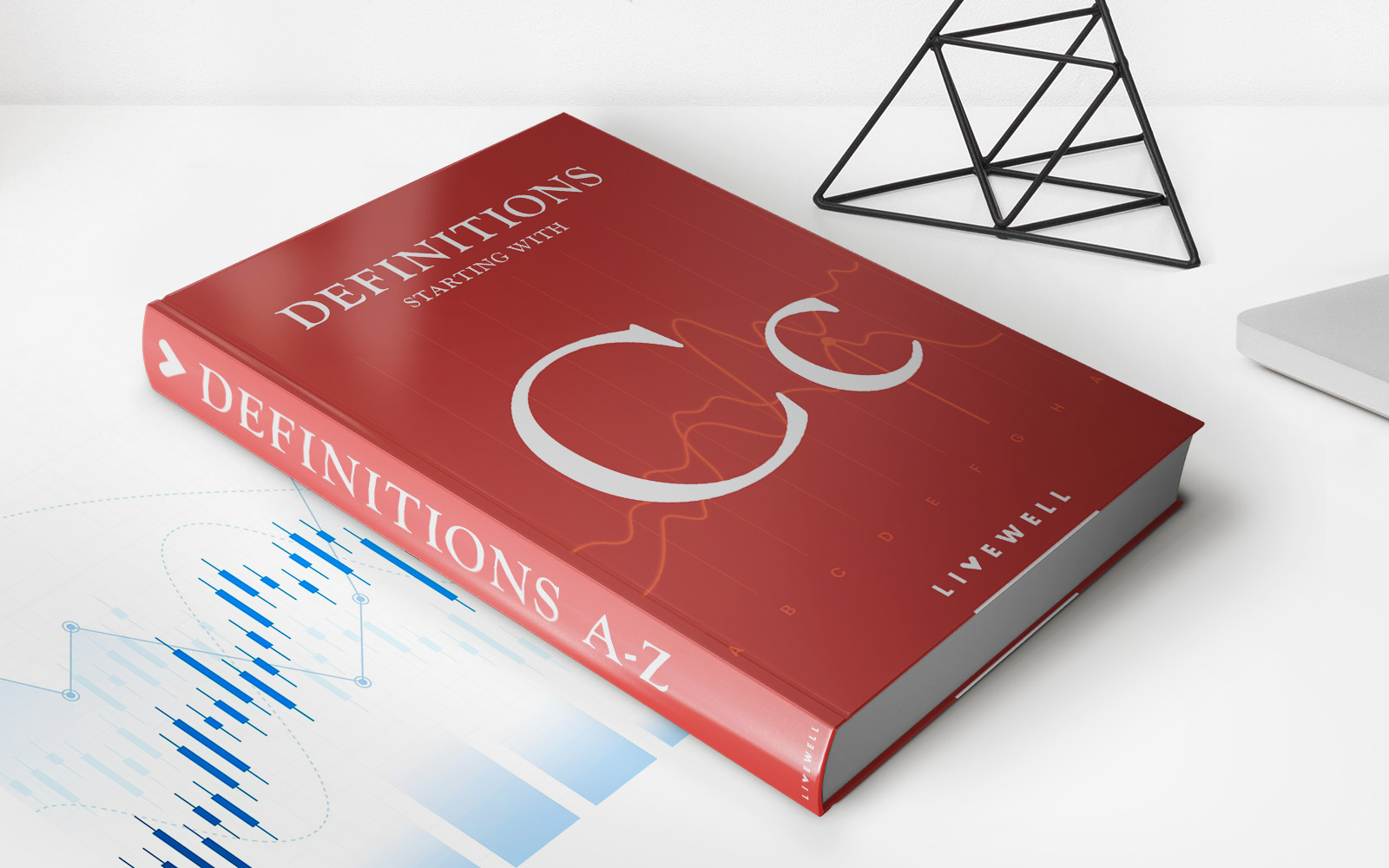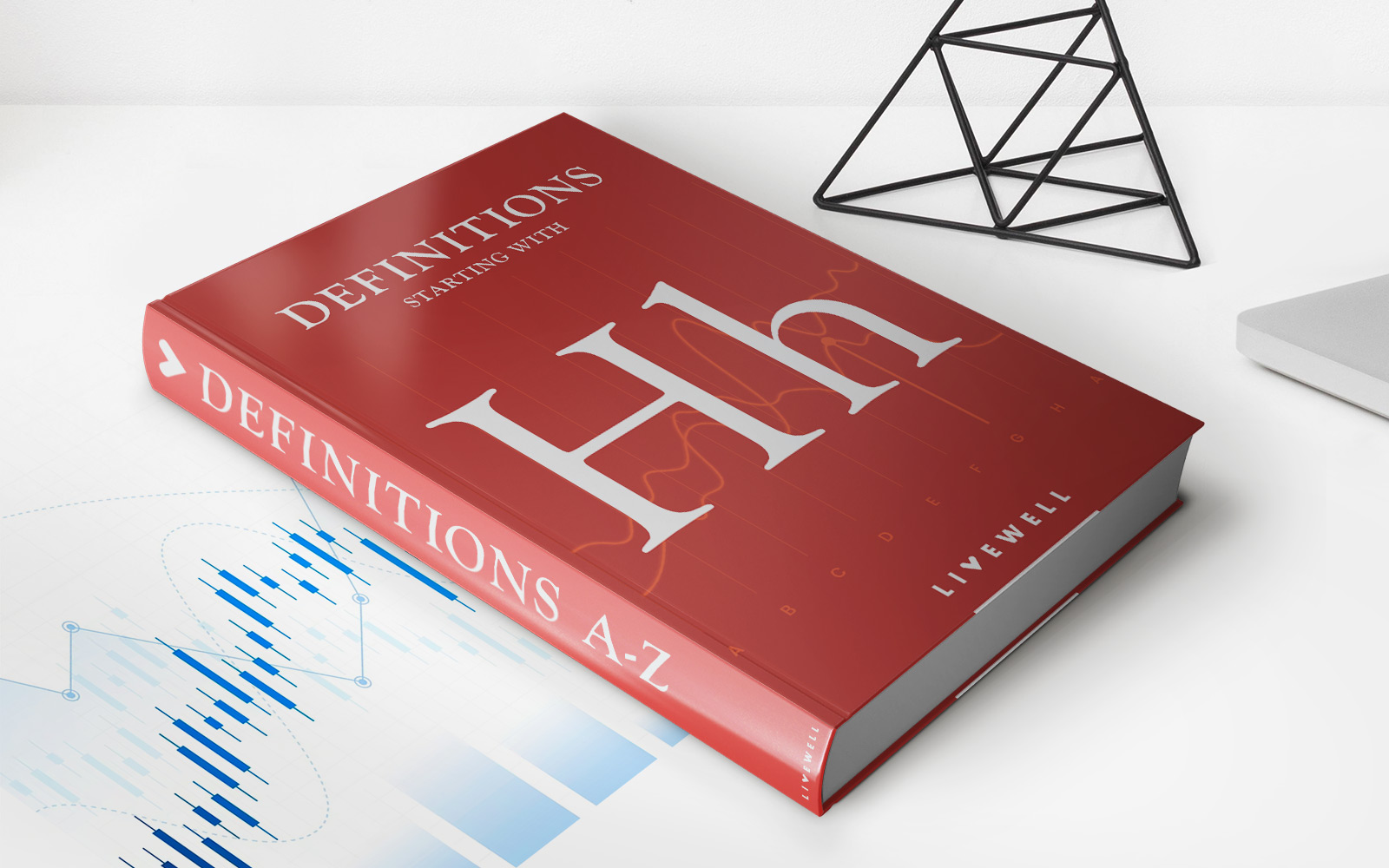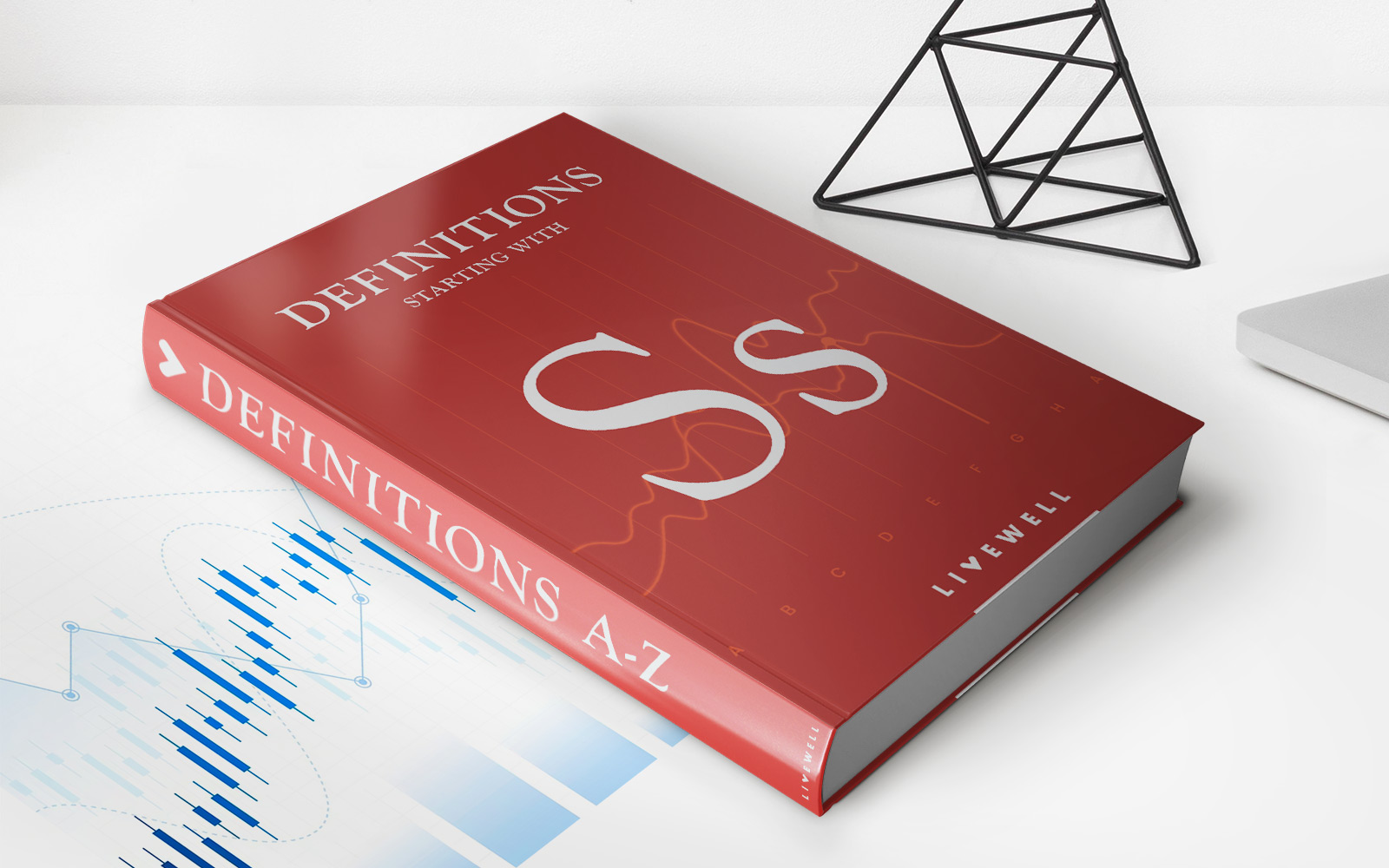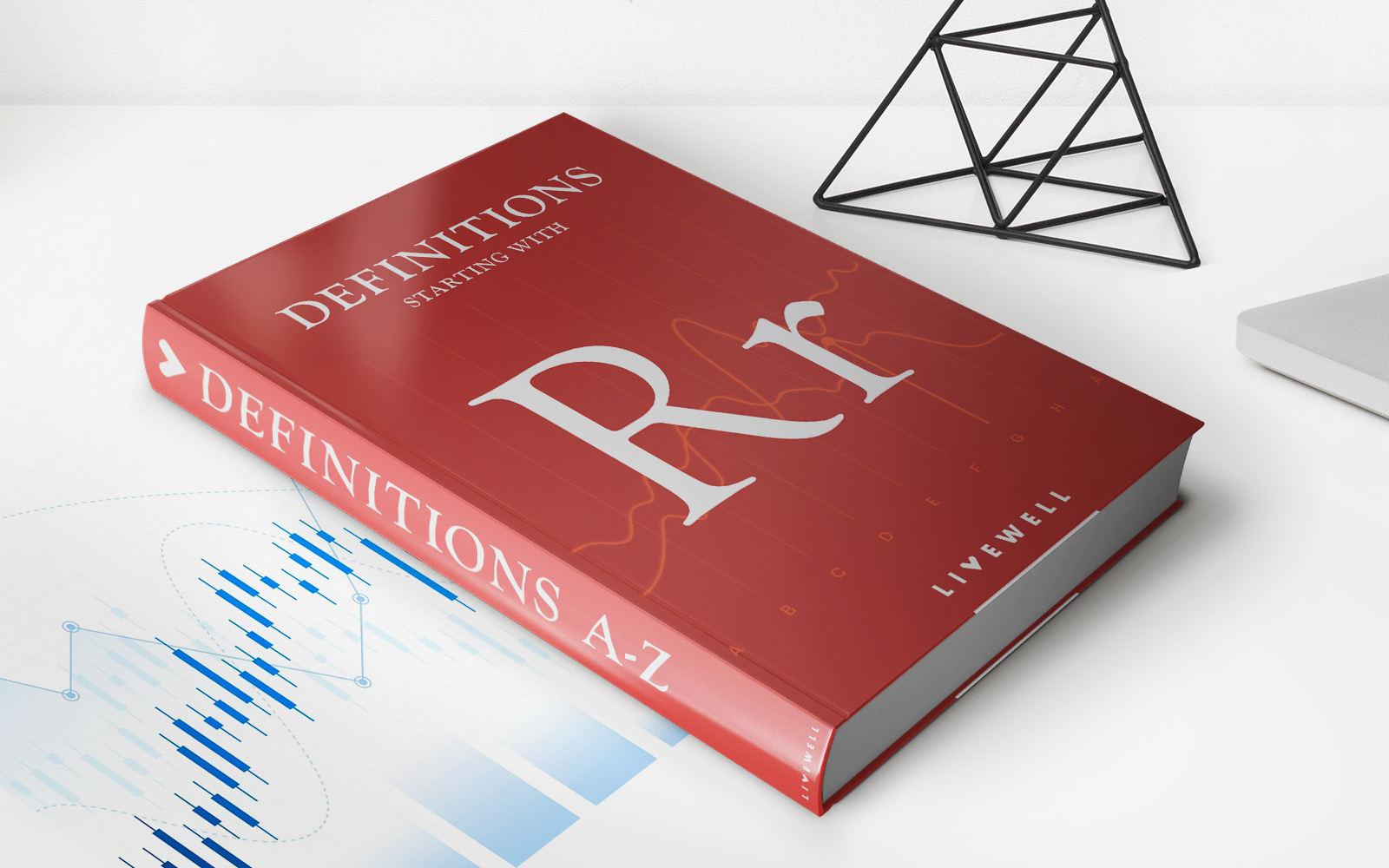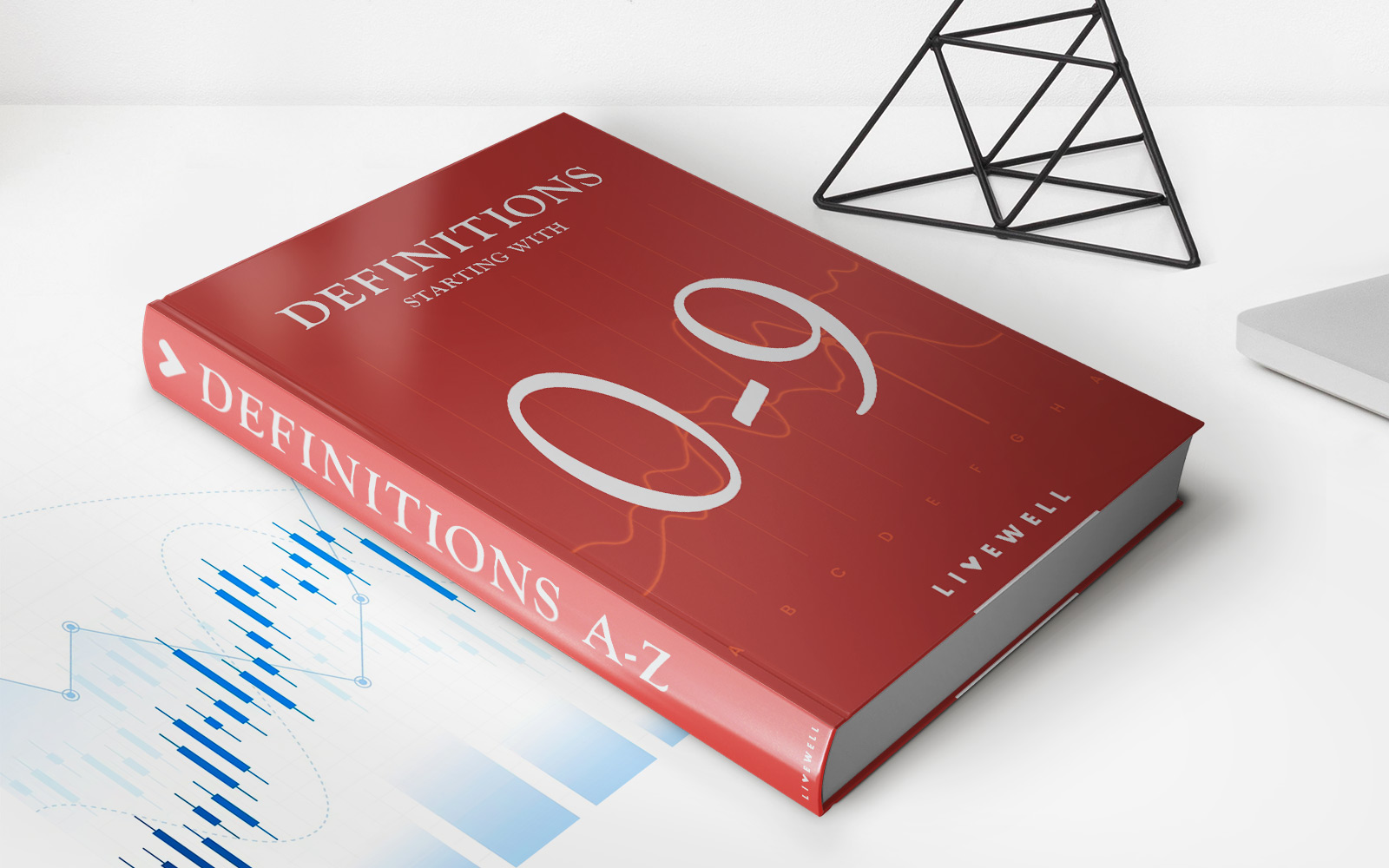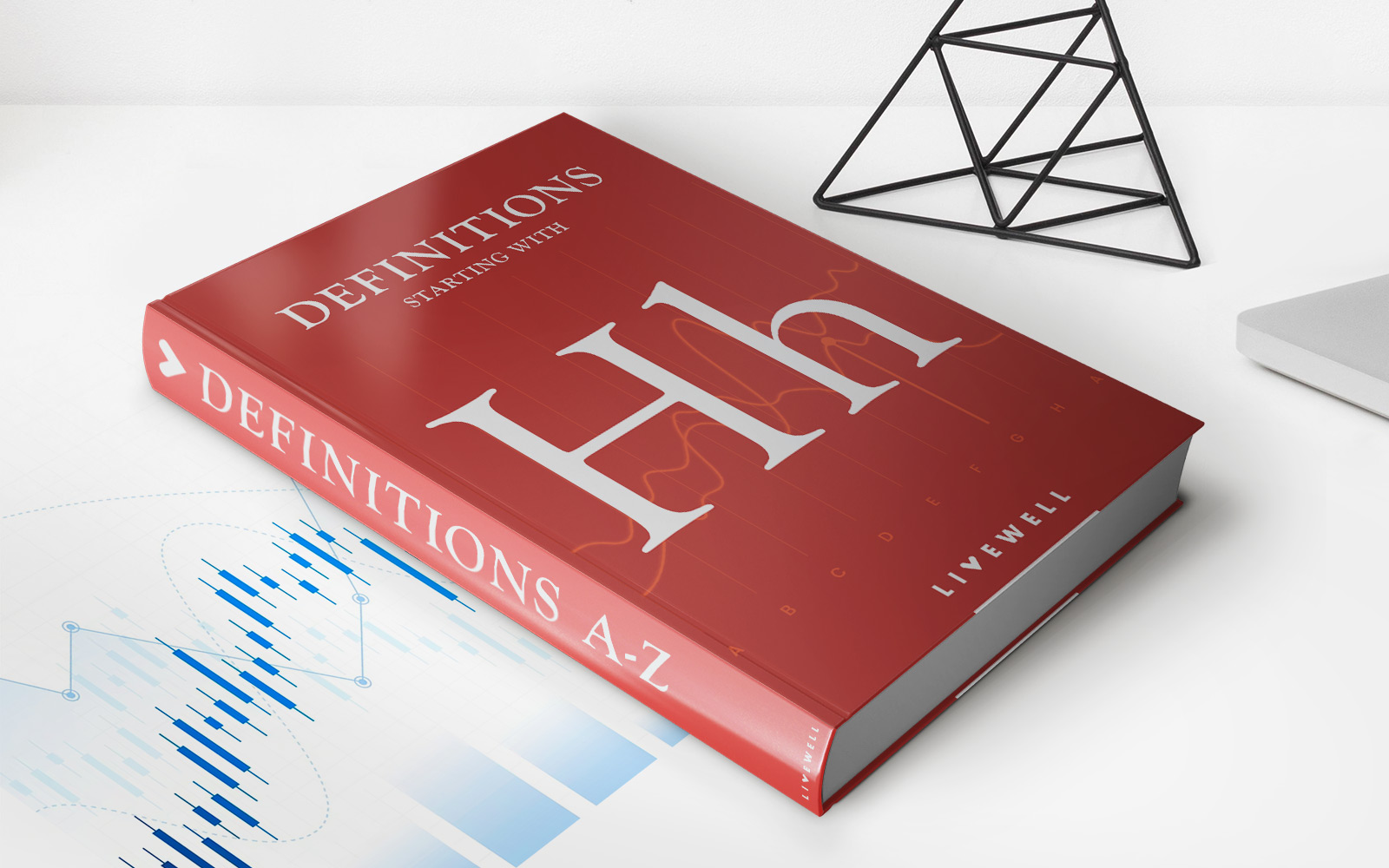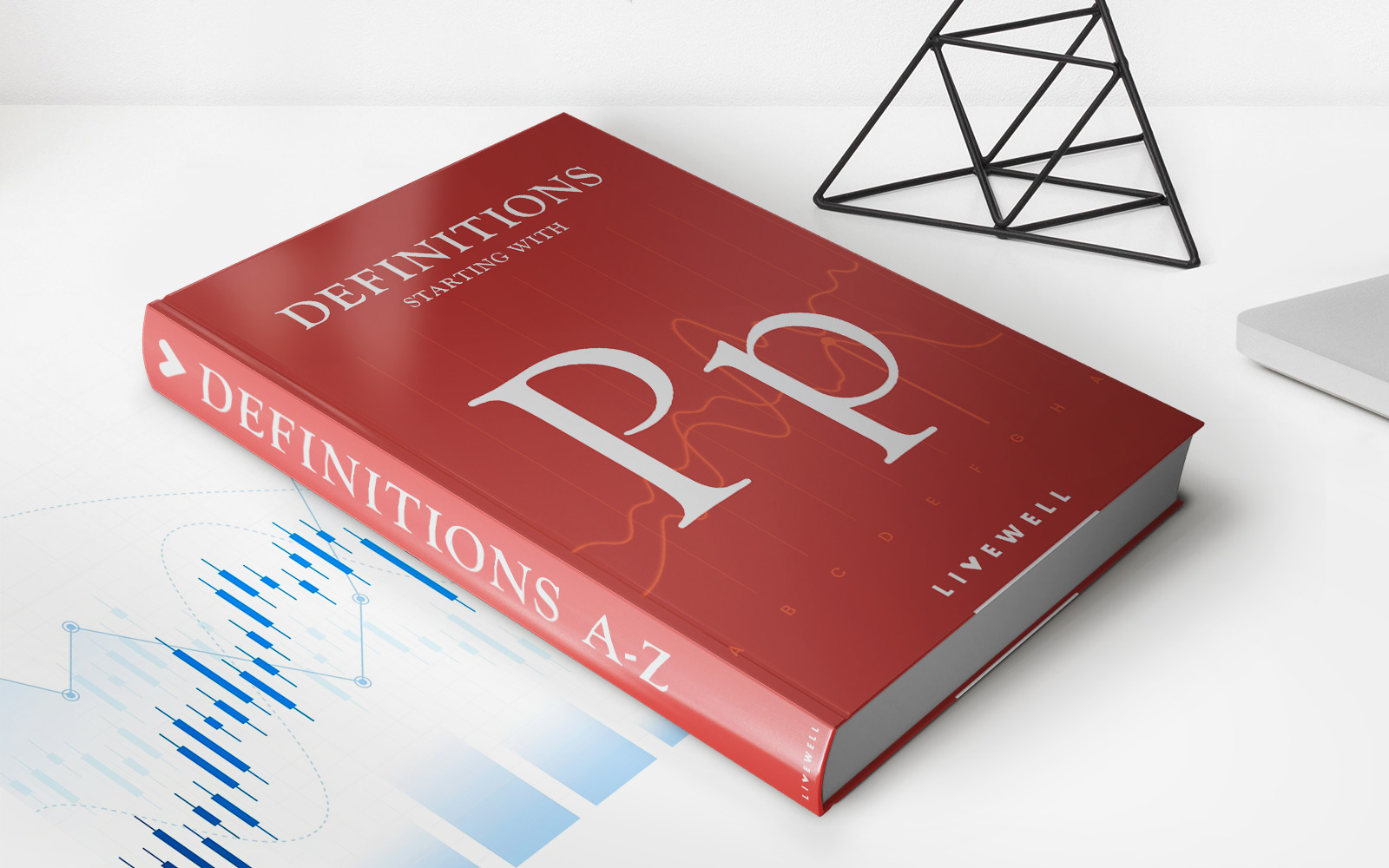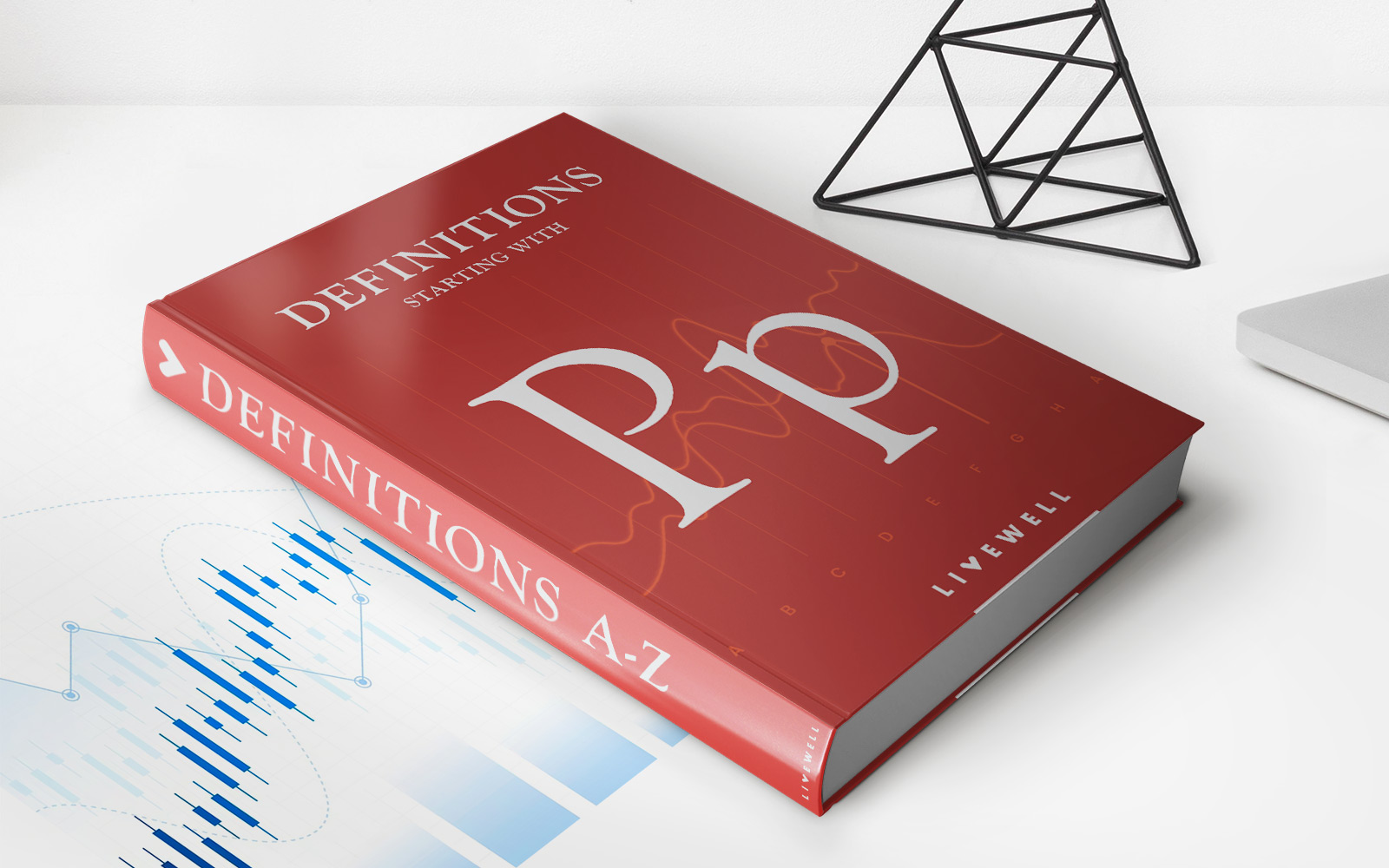Home>Finance>What Is Cross-Correlation? Definition, How It’s Used, And Example
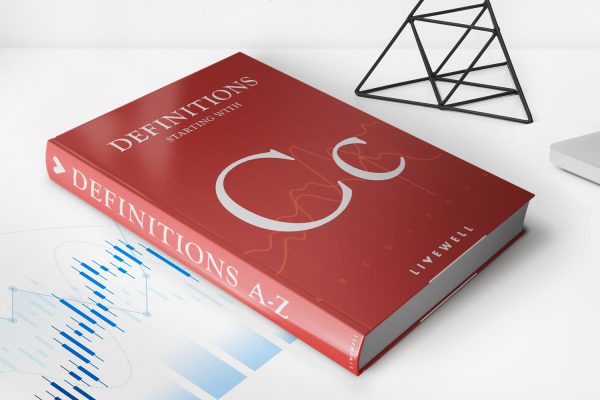
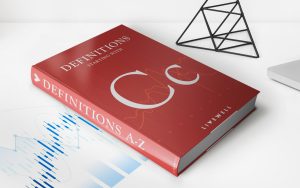
Finance
What Is Cross-Correlation? Definition, How It’s Used, And Example
Published: November 5, 2023
Discover the definition and usage of cross-correlation in finance with real-life examples. Learn how cross-correlation helps in analyzing financial data.
(Many of the links in this article redirect to a specific reviewed product. Your purchase of these products through affiliate links helps to generate commission for LiveWell, at no extra cost. Learn more)
What Is Cross-Correlation? Definition, How It’s Used, and Example
When it comes to financial analysis, having a solid understanding of various mathematical tools and techniques can make all the difference. One such tool that is commonly used in finance is cross-correlation. In this blog post, we will dive into the definition of cross-correlation, discover how it is used, and explore an example to help you grasp its importance in the world of finance. So, let’s get started!
Key Takeaways:
- Cross-correlation is a statistical method used to measure the relationship between two or more variables.
- It helps identify the degree of similarity or dissimilarity between different financial assets or indicators.
What Is Cross-Correlation?
Cross-correlation is a statistical technique that assesses the similarity or dissimilarity between two or more time series data. Time series data refers to a set of observations recorded over a specific period, such as stock prices over days, weeks, or months. By analyzing multiple time series data, cross-correlation allows us to measure the degree of correlation, or relationship, between different variables.
In the world of finance, cross-correlation is particularly valuable for analyzing the relationship between financial assets, market indicators, or economic factors. It helps us answer questions like:
- Are two stocks moving together or in opposite directions?
- How does a company’s stock price correlate with a market index?
- Is there a relationship between a specific economic indicator and the performance of a stock?
By understanding these correlations, investors and analysts can make better-informed decisions when it comes to portfolio diversification, risk management, and predicting market movements.
How Is Cross-Correlation Used?
Cross-correlation is used in various areas within finance, including:
- Portfolio Management: Cross-correlation analysis helps portfolio managers diversify their investments by identifying assets that have a low correlation. This way, they can reduce overall portfolio risk and increase potential returns.
- Technical Analysis: Traders often use cross-correlation to identify relationships between different financial instruments, such as stocks, currencies, or commodities. This information can inform trading decisions, such as pairs trading, which involves buying one asset and short-selling another based on their historical relationship.
- Risk Management: By understanding the cross-correlation between different assets, risk managers can better assess the potential downside of a portfolio. They can identify situations where diversification may not offer sufficient risk reduction and take appropriate action.
- Investment Research: Cross-correlation is useful for investment research, helping analysts discover hidden relationships between variables that can influence investment strategies. For example, it can identify factors that affect stock prices or predict market movements.
Example of Cross-Correlation Analysis
Let’s consider an example of using cross-correlation analysis to understand the relationship between two stocks, Company A and Company B. We have collected daily stock prices over the past year for both companies. Using cross-correlation analysis, we can:
- Evaluate the correlation coefficient between the two stocks’ price movements.
- Determine if changes in Company A’s stock price are followed by similar changes in Company B’s stock price.
- Identify any lag in the relationship between the two stocks.
By analyzing the cross-correlation, we can gain insights into the interplay between these two companies and make more informed investment decisions based on this relationship.
In conclusion, cross-correlation is a valuable statistical tool in the world of finance that helps analysts, traders, and investors understand the relationship between different variables. By using cross-correlation analysis, we can uncover hidden correlations and improve our decision-making process. So, the next time you conduct financial analysis, don’t forget to consider the power of cross-correlation!
